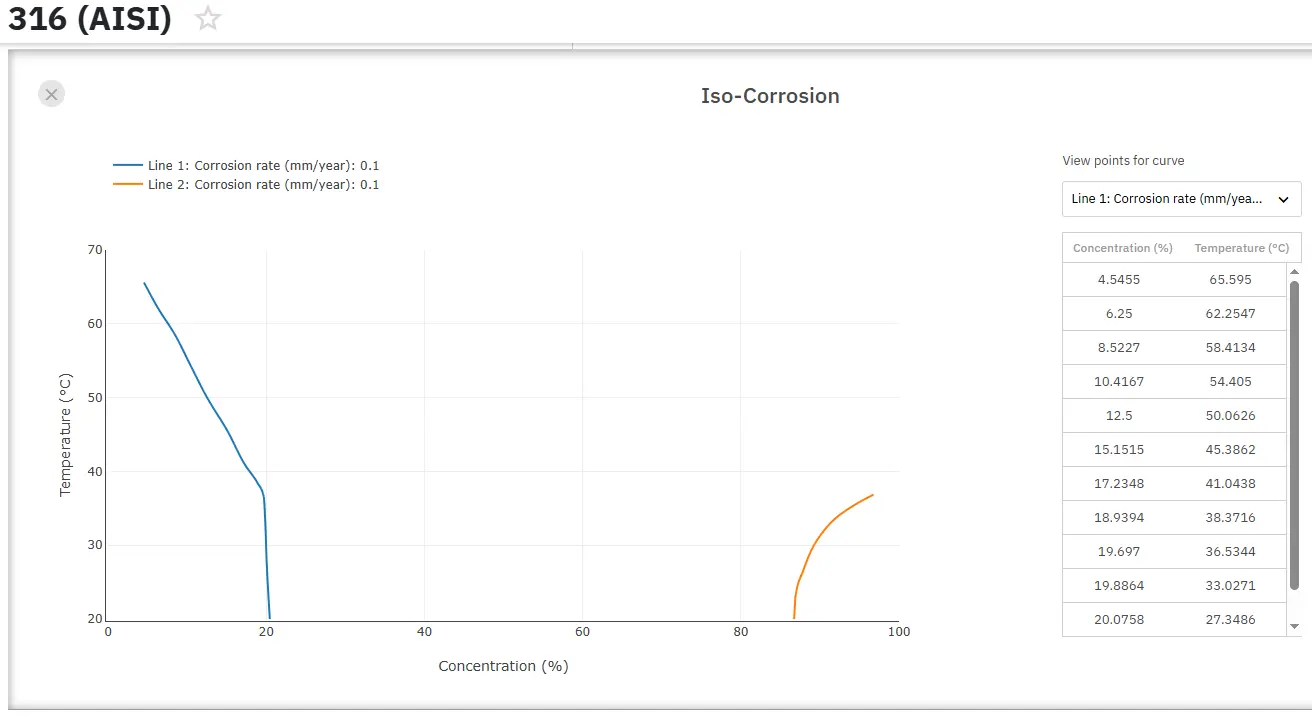Corrosion of Magnesium and Magnesium Alloys
Abstract
This comprehensive analysis examines the corrosion behavior of magnesium and its alloys, focusing on the crucial factors affecting their degradation in various environments. The study explores the impact of chemical composition, environmental conditions, and surface treatments on corrosion resistance. Special attention is given to the effects of heavy-metal impurities, atmospheric conditions, and chemical environments. The article provides detailed insights into corrosion prevention strategies and practical considerations for magnesium alloy applications in different industrial settings.
Introduction
The corrosion resistance of magnesium and magnesium parts is influenced by factors similar to other metals, though their electrochemical activity significantly magnifies these effects. While unalloyed magnesium sees limited structural use, the corrosion resistance of magnesium alloys remains a primary concern for designers and engineers.
Major Magnesium Alloy Systems
Aluminum-Containing Alloys
These alloys contain 2-10% aluminum with minor zinc and manganese additions. They offer:
- Wide availability at moderate costs
- Good mechanical properties up to 95-120°C
- Rapid property deterioration above these temperatures
Zirconium-Based Alloys
These alloys combine various elements (rare earth, zinc, thorium, silver) with zirconium, offering:
- Improved mechanical properties through fine grain structure
- Superior elevated temperature performance
- Higher costs due to specialized manufacturing requirements
Chemical Composition and Corrosion Effects
Element Categories and Their Impact
Six elements (aluminum, manganese, sodium, silicon, tin, and lead) plus thorium, zirconium, beryllium, cerium, praseodymium, and yttrium show minimal effect on saltwater corrosion when present up to 5% or their solubility limits.
Four elements (cadmium, zinc, calcium, and silver) demonstrate mild-to-moderate accelerating effects on corrosion rates.
Iron, nickel, copper, and cobalt show extremely deleterious effects due to their:
- Low solid solubility limits
- Activity as cathodic sites
- Water reduction capabilities at magnesium's expense
Tolerance Limits and Interactions
The iron tolerance in magnesium-aluminum alloys depends on manganese content. For AZ91 with 0.15% manganese, iron tolerance is 0.0048% (0.032 x 0.15%). Nickel tolerance varies with cast form and grain size, with low-pressure cast alloys showing 10-ppm tolerance in F temper.
Heat Treatment and Processing Effects
Studies using controlled purity AZ91 alloy in both pressure forms have established:
- F temper (as cast)
- T4 temper (16h at 410°C and quenched)
- T6 temper (16h at 410°C, quenched, aged 4h at 215°C)
High-iron AZ91C showed consistently poor corrosion performance, while high-purity alloys with T5 and T6 tempers achieved corrosion rates under 0.25 mm/yr.
Environmental Factors
Atmospheric Effects
Clean, unprotected surfaces develop protective gray films in salt-free atmospheres. Corrosion resistance varies with humidity:
- 9.5% humidity: No corrosion after 18 months
- 30% humidity: Minor corrosion
- 80% humidity: Considerable corrosion
Water and Solution Effects
- Fresh Water: Forms protective films in stagnant conditions
- Salt Solutions: Severity depends on metal content and chloride presence
- Acids and Alkalis: Rapid attack except by HF and H2CrO4
- Organic Compounds: Generally non-corrosive except for anhydrous methanol
- Gases: Minimal corrosion from dry halogens; increased attack with water presence
Access Precise Corrosion Properties Now!
Total Materia Horizon contains corrosion behaviour and property information for hundreds of thousands of materials, accross more than 2,000 media.

Get a FREE test account at Total Materia Horizon and join a community of over 500,000 users from more than 120 countries.